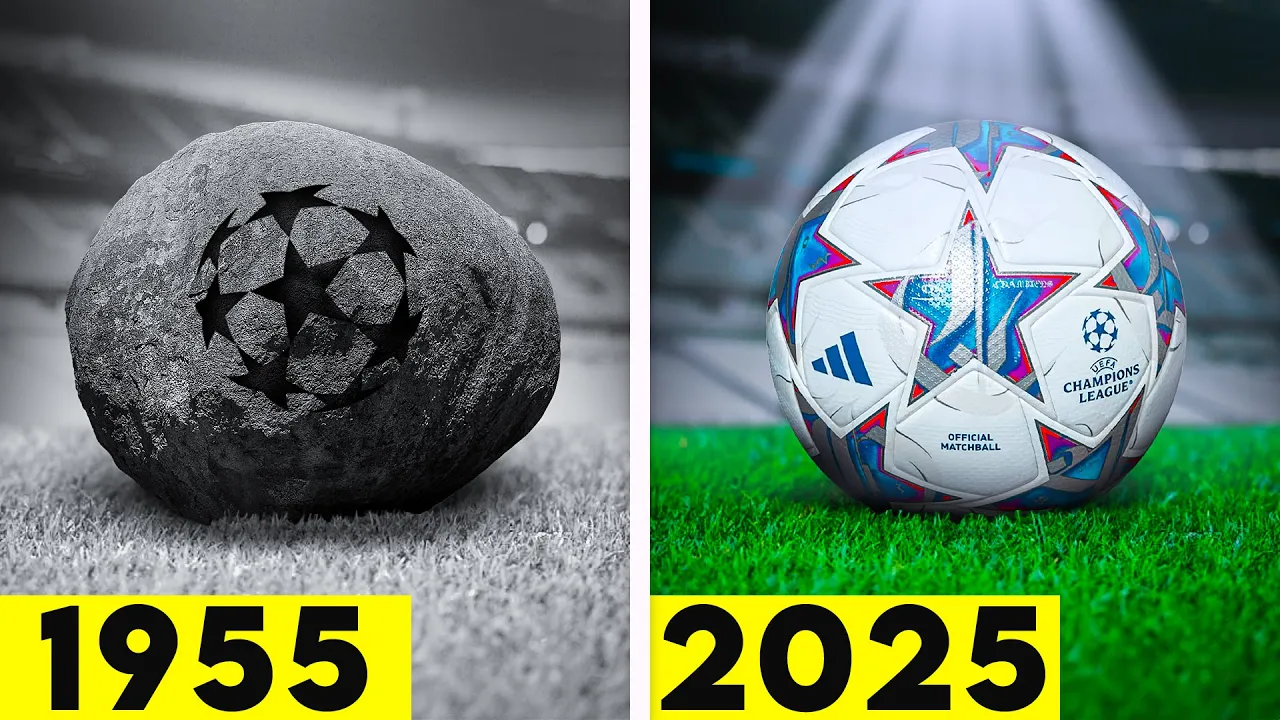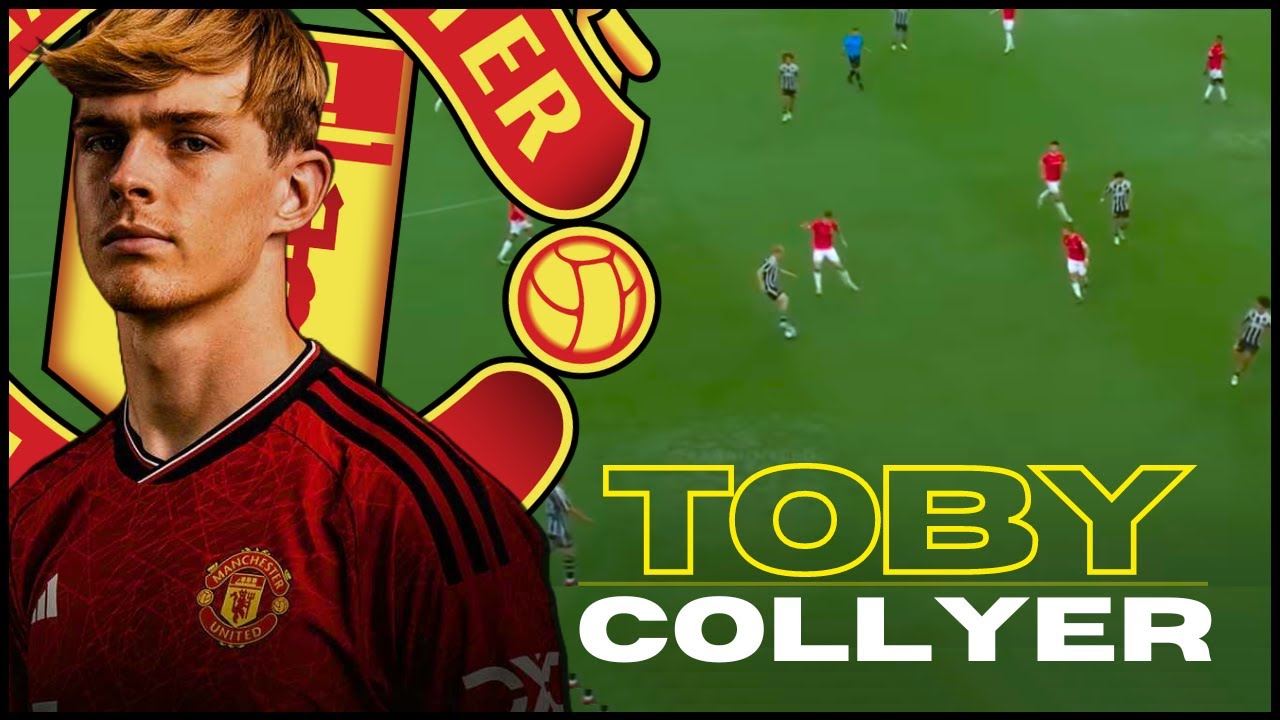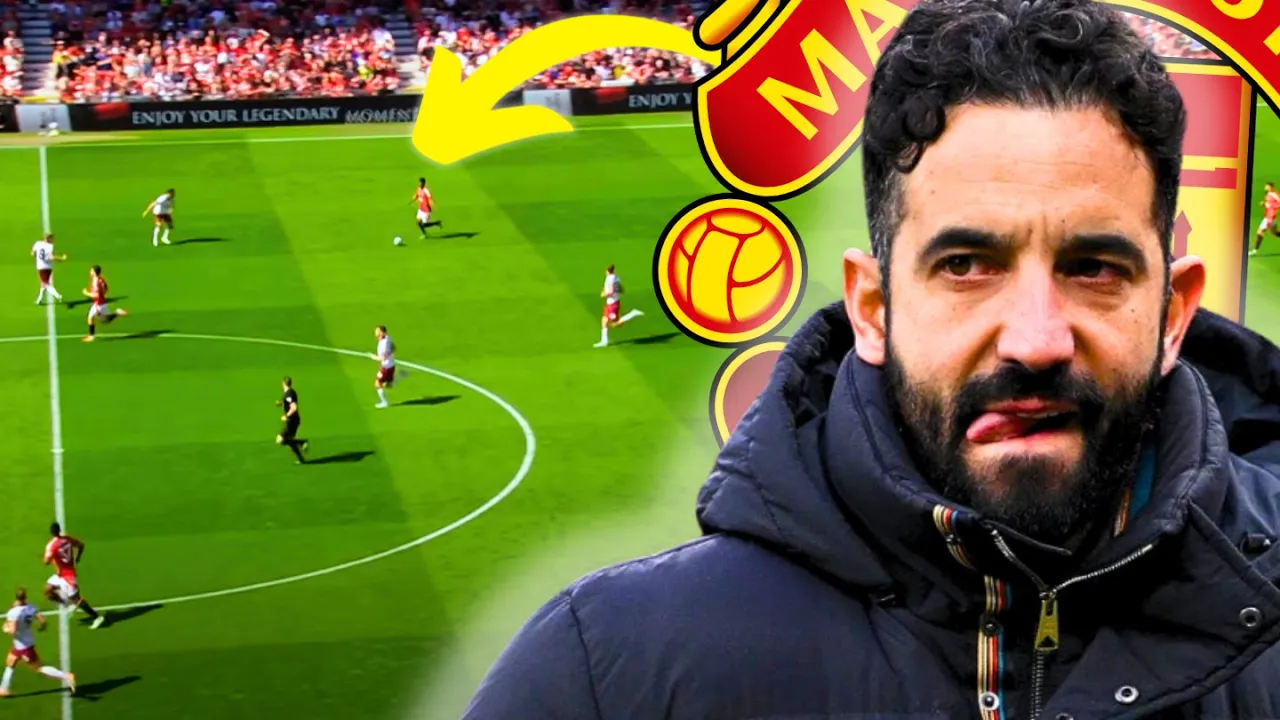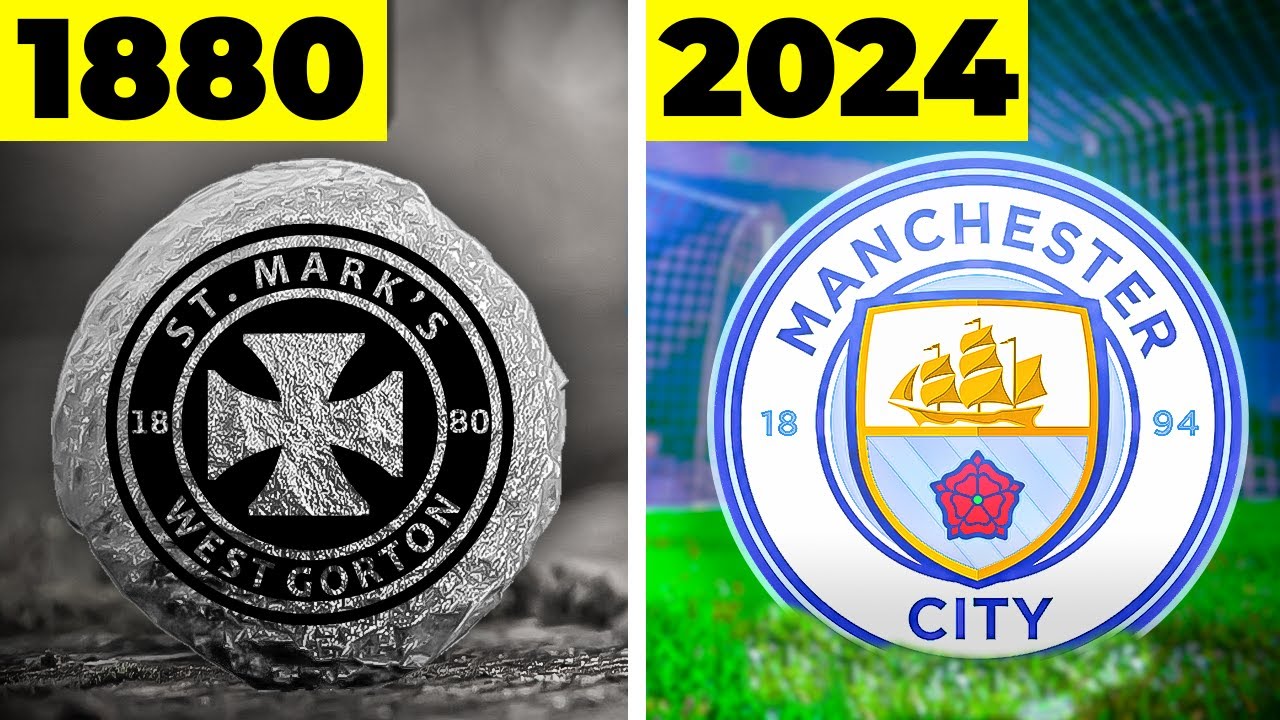The Secret System Goalkeepers Must Know in 2025
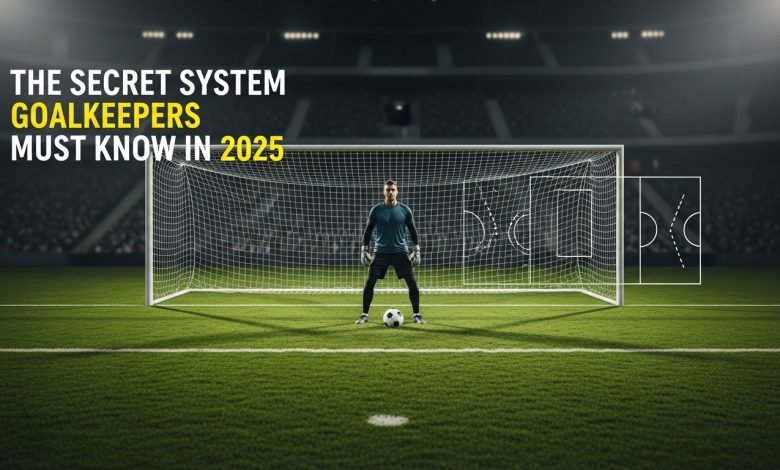
Ever wondered why some goalkeepers seem to improve year after year while others stay stuck no matter how hard they’re training? The truth is it’s not just about talent or luck. In this video, I’m breaking down a proven 5-step system designed to transform your goalkeeping in 2025.
This system will help you train smarter, improve faster, and finally achieve the results you’ve been working so hard for. And to make it even easier for you, I’ve created free goalkeeping worksheets that you can download in the description below so you can follow along and apply everything you learn.
But here’s the catch. This system only works if you follow every step in order. Skip one and you risk staying stuck exactly where you are. So stick with me because this could be the year everything changes for you as a goalkeeper.
Now before we dive into the steps, let me share a quick story with you. When I was 15, I spent an entire off-season training alone. No coach, no fancy equipment, and no clear plan. All I had was a ball, a wall, and a bucket of determination.
And I worked hard, really hard, but no matter how much effort I put in, I wasn’t improving as fast as I wanted to. And it was frustrating. I started doubting myself, wondering if all this hard work was even worth it. The truth is, hard work is great, it’s fantastic, but without a plan, it’s like running in circles.
It wasn’t until years later that I realized what I was missing. I needed a system, a structured plan to identify my weaknesses, set priorities, and work smarter, not just harder.
The good news though, you don’t have to figure it all out the hard way like I did. The system I’m about to share with you gives you the exact road map I wish I had back then. It’s designed to make every ounce of effort you put into your training actually move you closer to your goals.
So without further ado, let’s dive in.
The Secret System Goalkeepers
Step 1. The Goalkeeper Circle
Every great goalkeeper starts by understanding their own game. It’s difficult to improve if you don’t know where you’re starting from, right? And that’s exactly what this step is all about.
Figuring out where you’re strong, where you need to improve, and what to focus on first. To do that, we’re going to use something I call the Goalkeeper Circle. It breaks your game into five key pillars:
- Technical
- Physical
- Tactical
- Mental
- Lifestyle
These five pillars are the foundation of everything we do as goalkeepers. If one of them is weak, it affects the rest of your game. Here’s how it works. Start by thinking about each pillar.
How would you rate yourself on a scale from 1 to 10? 1 means I really need to work on this, and 10 means I’m absolutely crushing it. And be honest, this is not about looking good or pretending to know it all. This is only about understanding where you are right now.
For example, maybe your lifestyle pillar, things like sleep, nutrition, or recovery feel solid so you give it a 7. But maybe your technical skills are a struggle so you rate them a 4. And that’s totally fine. The goal here is to get a clear picture of where you’re starting from.
Now, let’s take it one step further. Each of these pillars can be broken down into specific skills. For example, in the technical pillar you got skills like diving, handling, 1v1s, ball control, distribution, and crosses.
Rate yourself again on each of these skills just like before. Maybe your handling feels like a 6, but your distribution is only a 3. This process helps you see where your weaknesses and strengths are, not just in the bigger pillar, but in each specific skill that make up your game.
Once you rated everything, focus on the 3 lowest scores because these are the areas you should prioritize first. Follow the same process for the other pillars as well. By the end of this step, you’ll have a clear road map of what to work on and where to focus your energy first.
And if you for some reason can’t download the worksheet in the description or you don’t have access to a printer, you can easily recreate it on a piece of paper. I’ll leave a list of the key areas on each pillar on the screen. Feel free to pause the video and screenshot it. And once you’ve done that, you’ll be ready to move on to the next step.
Step 2. The Toolkit
Now that you identified what area to focus on in the goalkeeper circle, it’s time to figure out what you’re working with. Because let’s be honest, most of us don’t have access to elite facilities, private goalkeeper coaches or expensive equipment.
And guess what? That’s totally fine. You don’t need all of that to improve. What really matters is how you use what you do have. So let’s build your goalkeeper toolkit. Starting with number one, your coach. Do you have access to a goalkeeper coach? Or are you training solo most of the time? If it’s both, great, write it down.
Number two, your facilities. What fields, parks or even open spaces do you have access to and can you use them when you want to or just sometimes?
Number three, your gym. Do you have access to a gym for strength and conditioning or are you sticking to body weight exercises at home? Either way, it’s fine.
Number four, your training partners. Do you have someone to train with? It could be a teammate, a friend, a sibling or even a parent. Whoever it is, write them down.
Number five, your gear. What equipment do you have? This could be cones, hurdles, a rebounder or even just a ball and a wall. Whatever you got, write it all down.
Once you’ve thought through each of these steps, take a step back and look at what you got. The point is, once you know what tools you have available, you can create a plan that’s realistic, effective and tailored for your specific situation.
Step 3- the time map
Now that you know what to work on and what tools you have available, it’s time to tackle the next big question. When are you going to train? Because here’s the thing, even the best plan in the world won’t work if you don’t actually set aside time to make it happen. And that’s where the time map comes in.
Here’s how it works. Think about a typical week in your life from Monday to Sunday and start filling in the things you absolutely have to do. Things like sleep, school or work, family commitments or anything else you can’t skip or reschedule. Once you’ve done that, take a look at the gaps, the free spaces where you can fit in your training.
It doesn’t have to be perfect or fill your entire week. Life happens and schedules change and that’s completely fine. What matters is having a plan in place because when you know exactly when you’re going to train, you’re far more likely to actually stick to it.
Step 4 – creating your plan.
You already figured out what you need to improve, what tools you have available and when you got time to train. Now it’s time to bring it all together and create your training plan. Here’s how it works. We’re going to use the same five pillars from step one, your goalkeeper circle, and assign each one a letter:
- A will be technical,
- B will be physical,
- C will be tactical,
- D will be mental and
- E will be lifestyle.
The idea is to create sessions around these pillars so you’re improving in all areas without overloading yourself. If, for example, your weakest technical areas are diving, handling and distribution, you’ll break them down into three focus sessions.
A1 will focus on diving, A2 will focus on handling and A3 will focus on distribution. Each session should have one clear focus. For example, in your diving session or A1, you might warm up with some quick footwork drills or passing, but the majority of the session should focus on diving-specific exercises. The goal is to improve one area at a time without spreading yourself too thin.
B, physical. Just like with the technical pillar, we’ll identify our weakest area inside the physical pillar. Let’s say they are strength, explosiveness and mobility. We’ll now create three different sessions for each of these areas.
B1 is focusing on strength, B2 on explosiveness and B3 on mobility. In your strength session or B1, you might include exercises like squats, bench presses and deadlifts. In your explosiveness session or B2, you’d focus on plyometric drills such as box jumps, squat jumps and skater jumps.
And for your mobility session or B3, you’d work on stretches and dynamic movements to enhance your flexibility and range of motion. Again, the key is to keep the main focus on one specific area while still incorporating warm-ups or secondary exercises.
And if you’re unsure how to structure your physical training or you want a proven self-training program with over 80 goalkeeper-specific drills, I’ve left some links in the description for you to check out after this video.
C, tactical. One of the most effective ways to grow tactically is by reviewing your own matches. Ask yourself questions like, were you in the right position for crosses? Did you make the best decisions in 1v1s or when distributing the ball?
Were your instructions to your defenders clear and effective? Pay attention to everything you did well, but more importantly, where you could improve. The second way to improve tactically is by studying professional goalkeepers.Pick a few games from your favorite league, for me that would be the Premier League, and focus on watching how the best goalkeepers operate.
Take notes on what stands out to you. you and think about how you can apply those same principles to your own game. Be mental. Having a strong mindset as a goalkeeper is just as important as any technical or physical skills. It’s all about staying calm under pressure, bouncing back from mistakes, and staying confident no matter what happens on the field.
And here are a few simple but effective ways to build your mindset:
Visualization. Take 10 to 15 minutes each night before bed to imagine yourself performing at your best. Picture yourself making big saves, commanding your area, and even overcoming small setbacks. The more realistically or vividly you can imagine those situations, the more your mind and your body will prepare to make those moments a reality.
Positive self-talk. This can be as simple as standing in front of a mirror while brushing your teeth and repeating affirmations like, “I’m improving every day” or “I’m ready for any challenge.” It might feel a little awkward at first, but trust me, the words you tell yourself matter.
E-lifestyle. Your lifestyle is the foundation of everything you do as a goalkeeper. Because let’s face it, you can have all the technical skills in the world, but if your body isn’t well rested, fueled, and hydrated, it’s going to show on the field.
And now that you’ve broken down each pillar and created specific sessions around each, it’s time to fit them into your weekly schedule. This is where your time map from step three comes into play. Use it to decide when each session fits best into your week.
But be realistic about your time and energy and make sure you’re spacing out sessions, especially technical and physical ones, to give your body enough time to recover. Aim to follow this plan for at least two to three months. This gives you enough time to see real progress while still leaving room to adjust your training and refocus on new areas.
And don’t forget to save everything because these are the tools you’ll come back to over and over again to track your progress and refine your approach as you become a better goalkeeper. Remember, improvement takes time, but with a clear plan and consistent effort, you’ll be amazed how far you can go in just a few months.
Step 5 – the transformation.
We’ve reached the final step in your journey and here’s the truth. This step is both the easiest and the hardest. Why? Because it’s all about taking action every single day.
There will be plenty of days when you don’t feel motivated, when you’re tired, busy, or even frustrated because the results aren’t coming as quickly as you’d hope. And that’s okay. What truly matters is showing up. It doesn’t have to be perfect. It doesn’t have to be your best session. What counts is that you keep going.
So now it’s over to you. Your transformation is waiting. Are you ready to take the first step? Let me know down in the comments. I can’t wait to hear about your stories.
